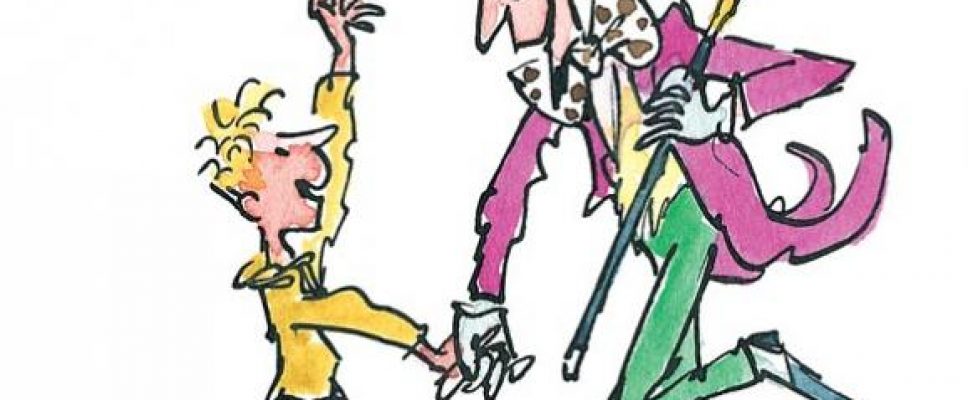Book Review: Inside Charlie’s Chocolate Factory
Inside Charlie’s Chocolate Factory: The Complete Story of Willy Wonka, the Golden Ticket, and Roald Dahl’s Most Famous Creation by Lucy Mangan
I’ve always liked Roald Dahl’s children’s books. Like Doctor Seuss, he had a wonderful sense of the absurd along with more than a touch of the macabre. Nonetheless, I hadn’t given him much thought recently, especially as my children aged out of reading his books.
So it was a serendipitous moment when I was at the library and spotted the brilliant, dare I say, Oompa-Loompa orange cover of Inside Charlie’s Chocolate Factory beaming at me. What a find, what a treasure.
 The book addresses every aspect of the fantabulous novel, Charlie and the Chocolate Factory, originally published way back in 1964. How long ago that was! I was four years old, so I think I’ve always known about Charlie. His story has held up remarkably well, although I can’t say that for many of the children’s novels I read when I was a kid. Tastes change.
The book addresses every aspect of the fantabulous novel, Charlie and the Chocolate Factory, originally published way back in 1964. How long ago that was! I was four years old, so I think I’ve always known about Charlie. His story has held up remarkably well, although I can’t say that for many of the children’s novels I read when I was a kid. Tastes change.
The book dives in with an introduction by Sophie Dahl, Roald’s granddaughter and then we get to one delightful, informative, lavishly illustrated chapter after another. I did not know that while Roald was writing the book, he was also dealing with his four-month-old son’s injuries from being hit by a taxi or his daughter’s death at age seven from severe complications of measles. It must have been a much-needed escape to write Charlie and the Chocolate Factory, since the text gives no indication at all of his grief.
There are chapters devoted to adaptations for stage and screen, along with more detail on both movie versions. I had no idea that there are numerous stage versions or that it had been adapted to radio. I only knew about the two movie versions. Even better is a discussion of the four illustrators who left their mark upon the book: Joseph Schindelman, Faith Jaques, Michael Foreman, and Quentin Blake. It is utterly fascinating to see all four illustrators’ versions of the same scene, side-by-side. Each artist’s interpretation is radically different and yet each brings out the joyful lunacy in the text.

Reading Inside Charlie’s Chocolate Factory inspired my dear husband and me to watch both movies again, one on Friday night and one on Saturday. If you enjoy movies, it’s always interesting to watch the same story retold and see where the director, writer, and actors changed things. The two versions — Willy Wonka and the Chocolate Factory (1971) and Charlie and the Chocolate Factory (2005) (sold at Amazon in a paired set) are very different in tone, styling, emphasis, appearance, how well they portray children and their parents, and most of all, in the two Willy Wonkas. Gene Wilder nailed Willy Wonka. I can’t say the same for Johnny Depp’s version.
This is a terrific book, especially if it inspires you to reread Charlie and the Chocolate Factory or any of Roald Dahl’s other wonderful, loopy books.
